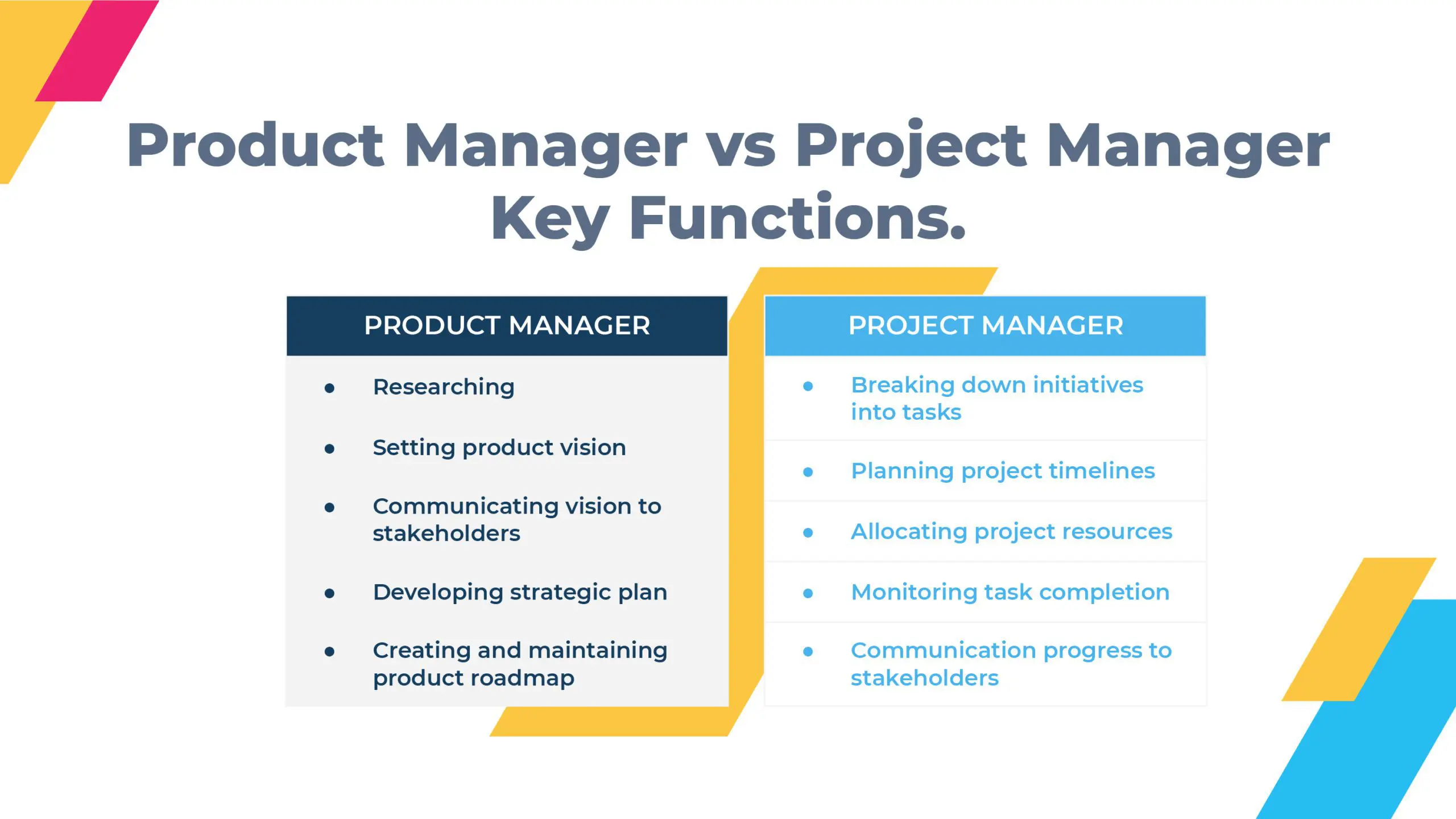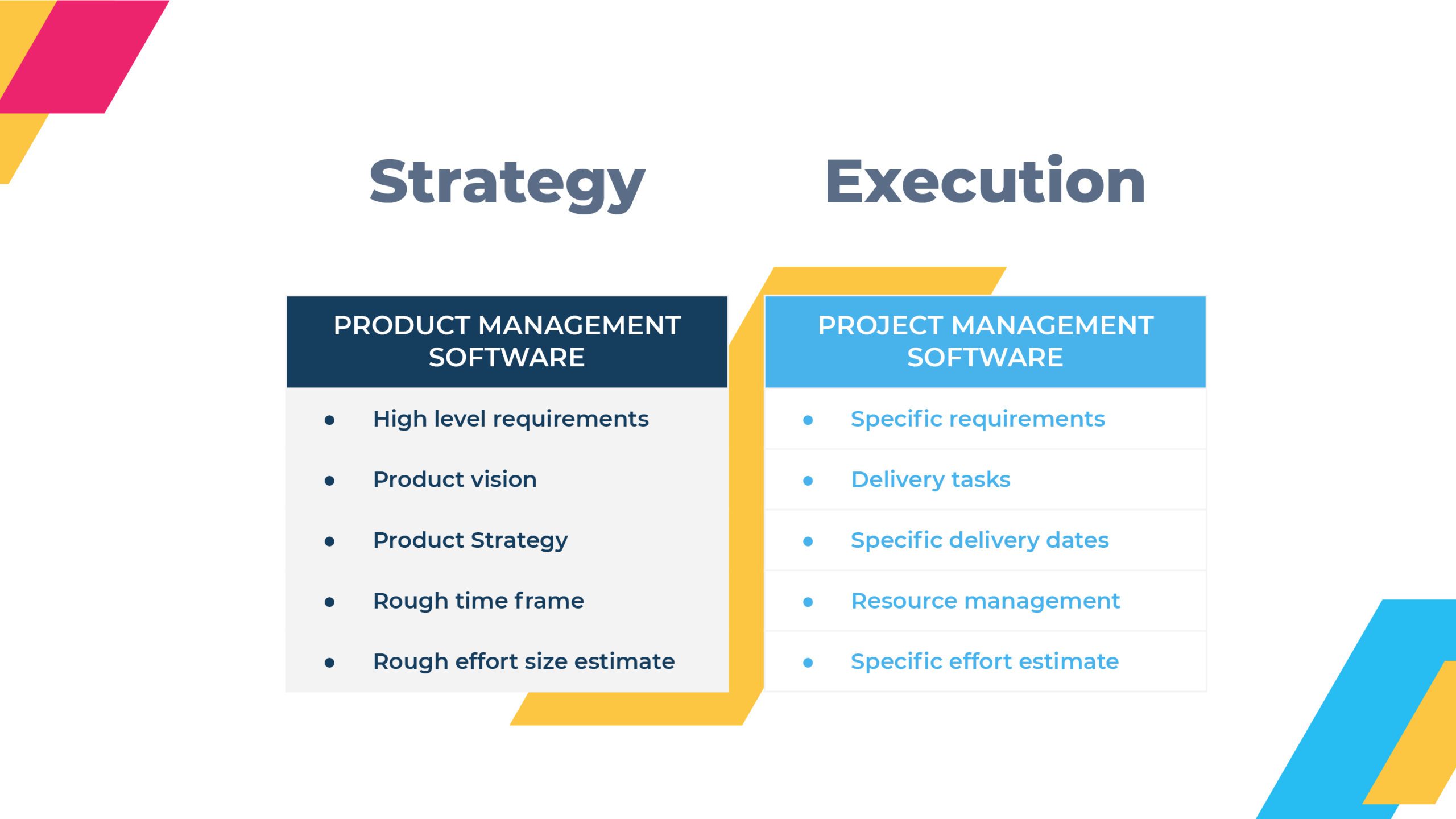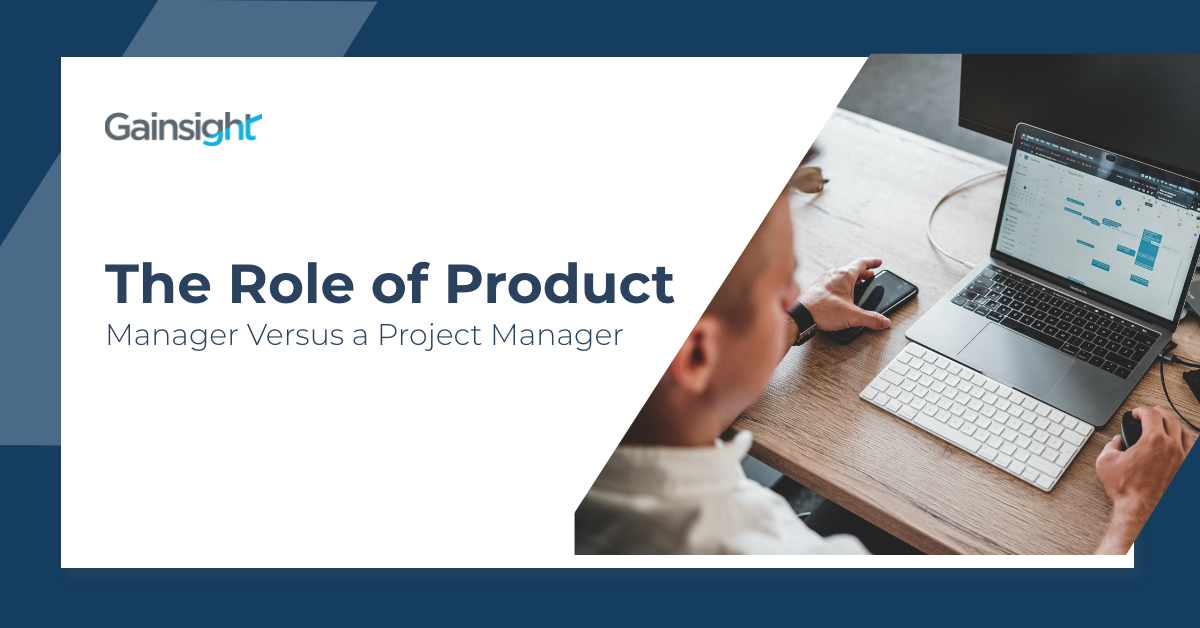You’ve done your research, met with customers, and determined exactly what product or features need to launch in order to drive revenue or win market share. But how will you bring everything to life? Do you have enough budget and engineering resources? What are all the steps you need to take to ensure a delightful customer experience? While most Product Managers focus on what to launch and when, Project Managers are brought in to work side by side with Product Managers to help them determine how they will bring products and features to life. An integral role in business operations, Project Managers help answer resourcing questions by rallying cross-functional teams to determine the amount of work and timeline required to launch.

While both roles work together collaboratively, their impact on a business is measured differently. A Project Manager’s success is measured by the number of launches they can execute on time. They are evaluated by their ability to set project milestones and rally teams to meet deadlines. They develop their career by managing increasingly complex projects, and their goal is flawless execution. Having project management software like Monday.com, Trello, or Asana allows them to monitor multiple projects and track key milestones. The right tool facilitates agile scrum methodologies to quantify each task and help quickly reorder priorities to satisfy the launch objectives of various stakeholders.
Because a Product Manager leads a product development strategy and works with product marketing to create enticing GTM strategies to drive feature adoption, their success is often measured by unit sales or the number of daily or monthly active users (MAU) and ultimately Customer Lifetime Value (CLV). And if done correctly, building a great customer experience leads to less churn and a naturally higher LTV. But not all Product Managers have the luxury of launching a perfect product or experience. Engineering resource constraints and the pressure to meet quarterly revenue goals can often lead to suboptimal launches. So what do you do if you launch a product knowing there are key areas you need to invest in or improve?
As a Product Manager, a big chunk of your investment must be allocated to ongoing research and development in order to understand customer satisfaction as well as how customers are adopting and using your product. And having tools like Gainsight PX at your disposal is game-changing. Imagine having software that helps you visualize how cohorts of users naturally move through your product and identifies key dropoff points or areas of low feature usage. Then imagine software that helps you determine which features correlate with high user satisfaction and long-term retention and helps you analyze adoption and retention by specific user segments or attributes. This basically eliminates the need to commission expensive and time-intensive UX studies to create audience segmentation or understand how your customers engage because the information is right at your fingertips. And having this data in real-time helps you improve customer experience so you can focus on features that matter, along with those that will retain and engage your customers and improve your customer lifetime value or number of active users. And there’s more – if your product is a web-based service or app, Gainsight PX even has tools for product engagement that allow easy onboarding to educate and engage users from the getgo leading to higher retention – without even needing a line of code.
To conclude, an organization should equip Product Managers with the right tools and hire Project Managers in order to facilitate seamless launches and improvements.

Gainsight has a suite of tools that provide real-time information on customer engagement and feature adoption, helping Product Managers optimize customers experience which leads to higher retention and satisfaction ratings. An organization can maximize CLV and optimize its time to market by using the right software to track and measure the output of each role. Having both roles allows an organization to make real-time data-driven decisions that improve people’s interaction and satisfaction with a product or service. And as a Product Manager, if you create the right experience, you can worry less about how to reduce churn and win customers back. Instead, you can focus on developing the next best product and feature. Ready to take the next step? Try Gainsight PX free for 30 days.
